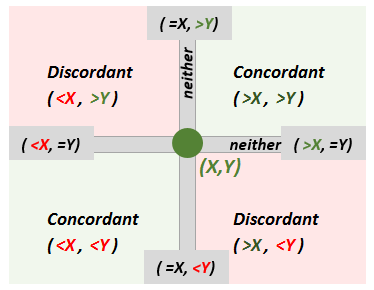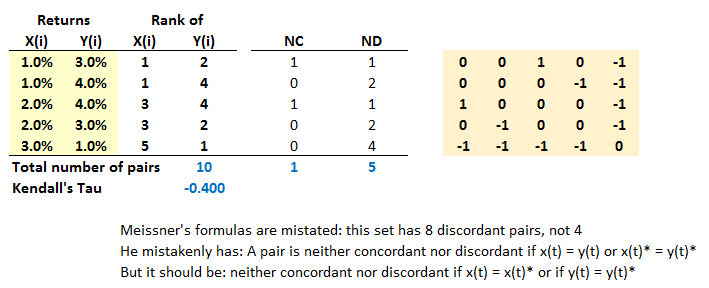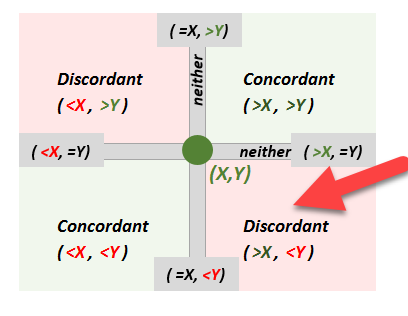equanimity
New Member
I'm interested in solving for Kendall Tau. Can someone help me with this?
The rankings for some stock returns are:
X Rank..... Y Rank
1.................... 2
2.................... 4
3.................... 1
4.................... 3
5.................... 5
Thanks!
The rankings for some stock returns are:
X Rank..... Y Rank
1.................... 2
2.................... 4
3.................... 1
4.................... 3
5.................... 5
Thanks!





 ... no matter, I think you will get the point. Here is the XLS in case you want to experiment:
... no matter, I think you will get the point. Here is the XLS in case you want to experiment: 
